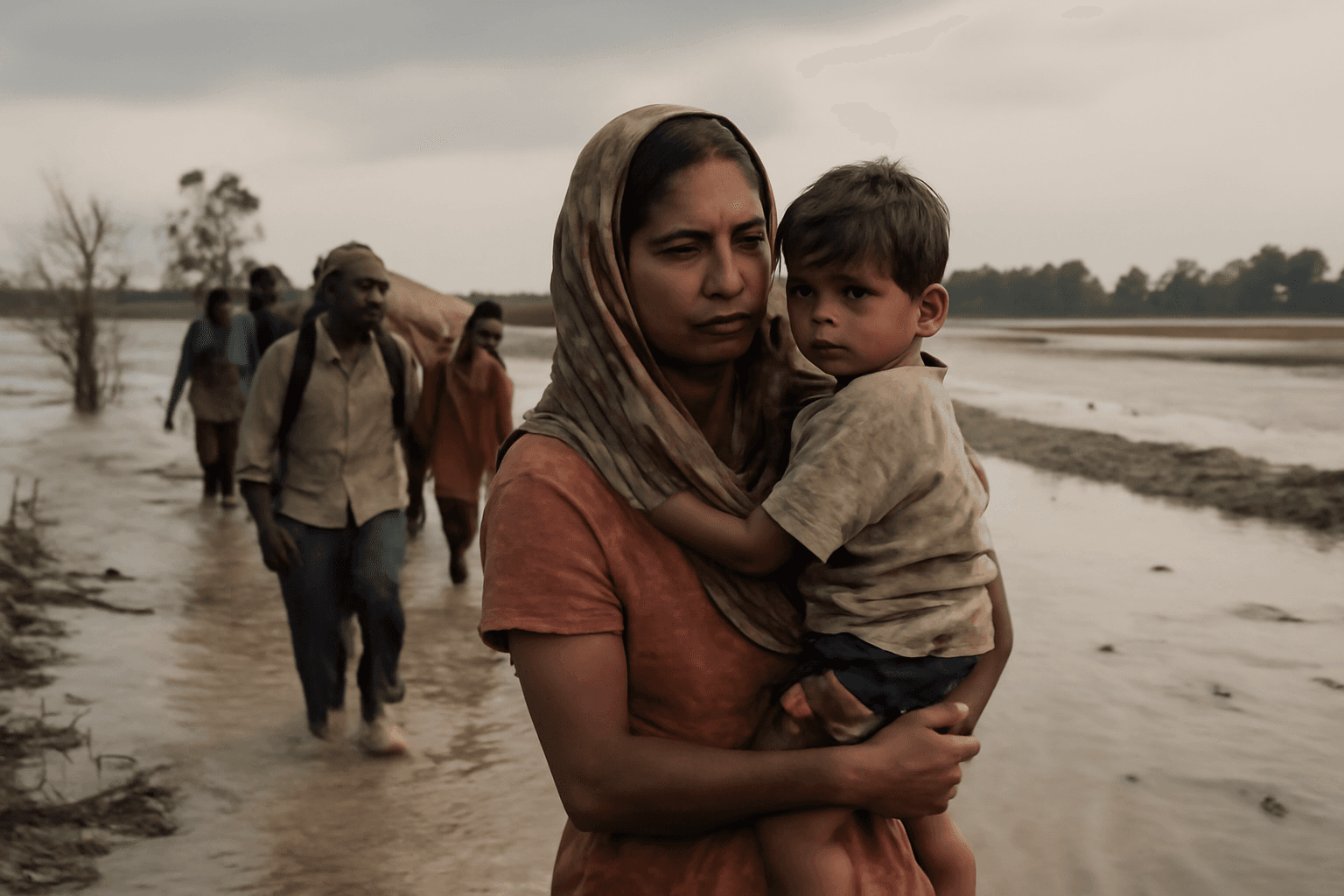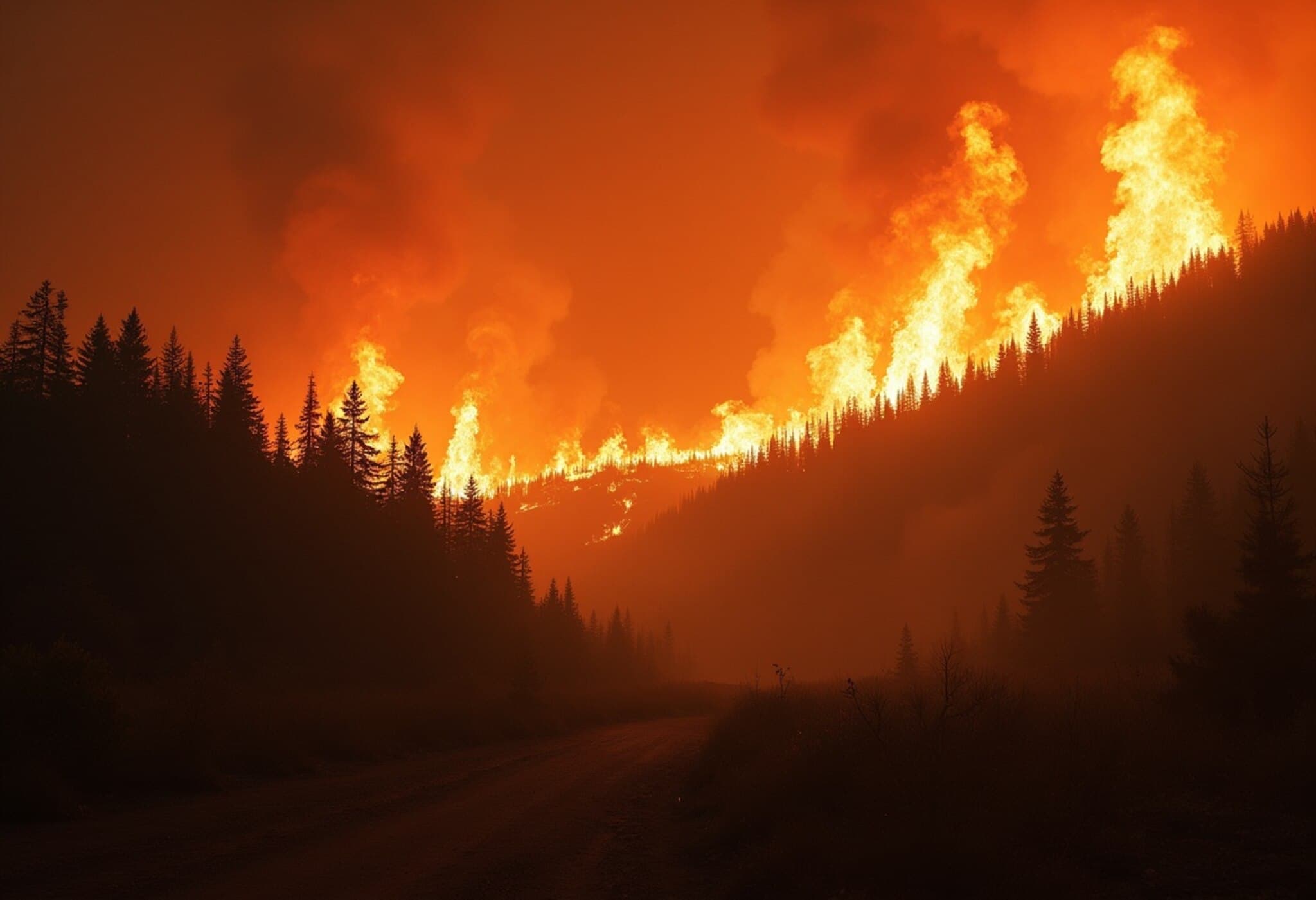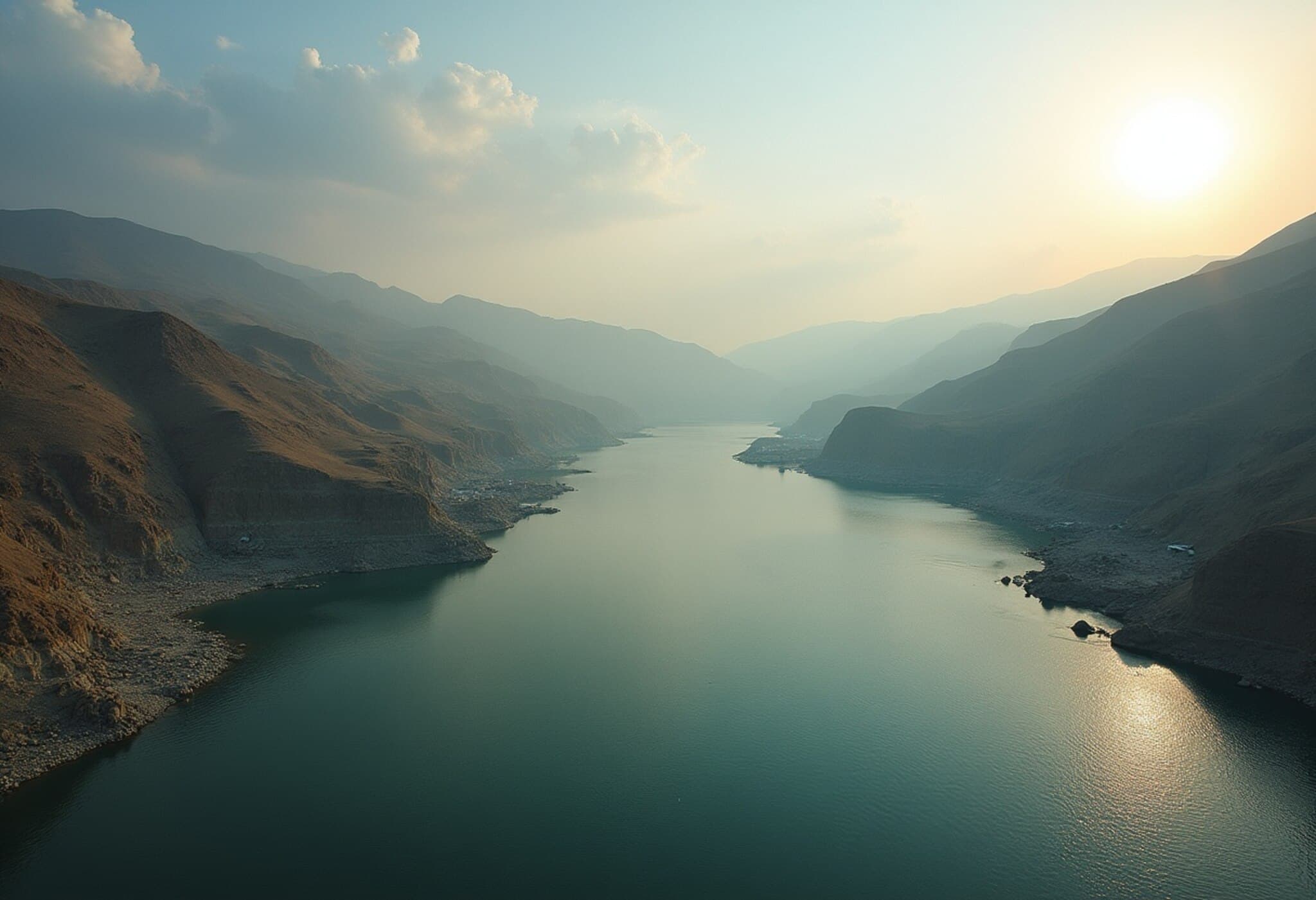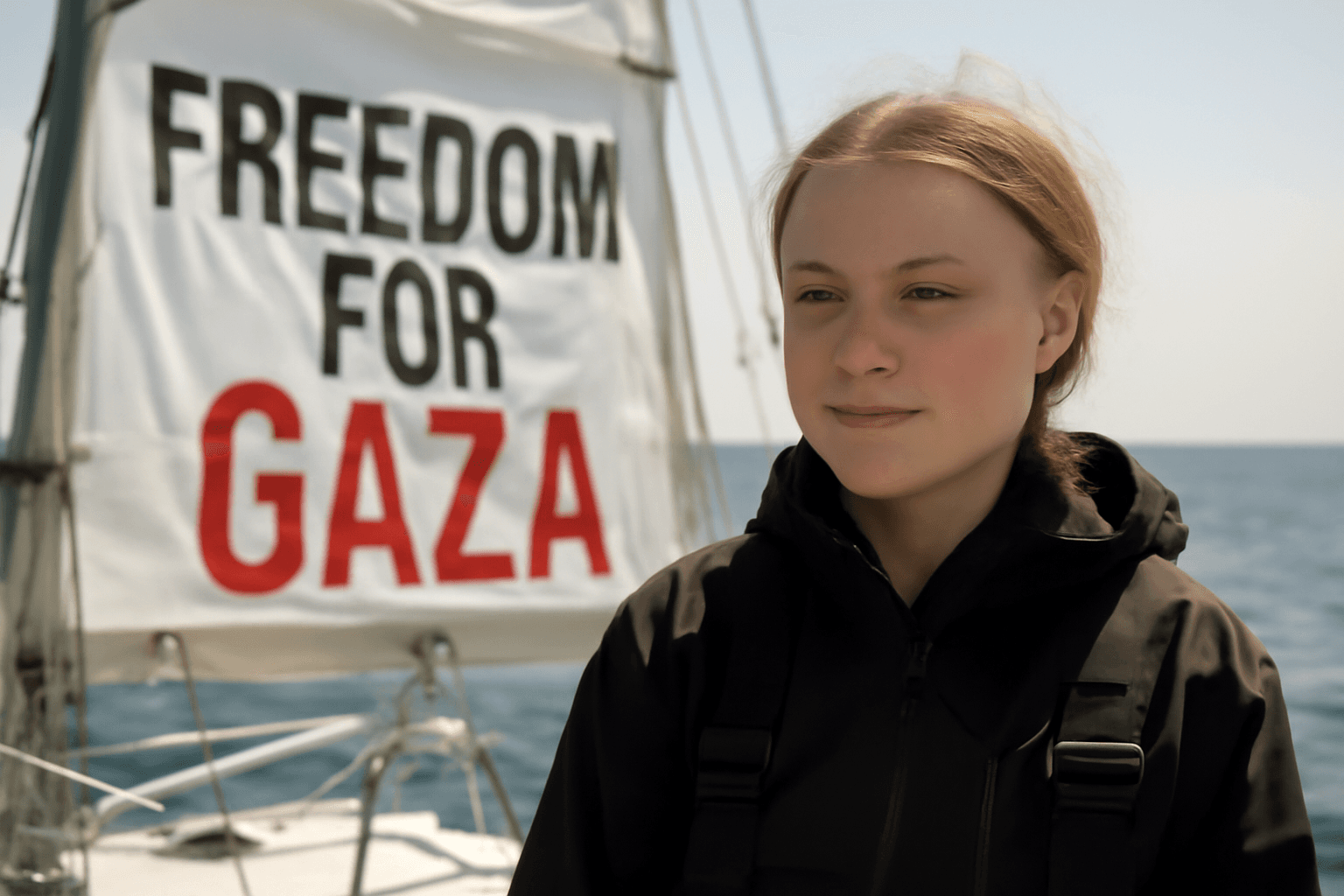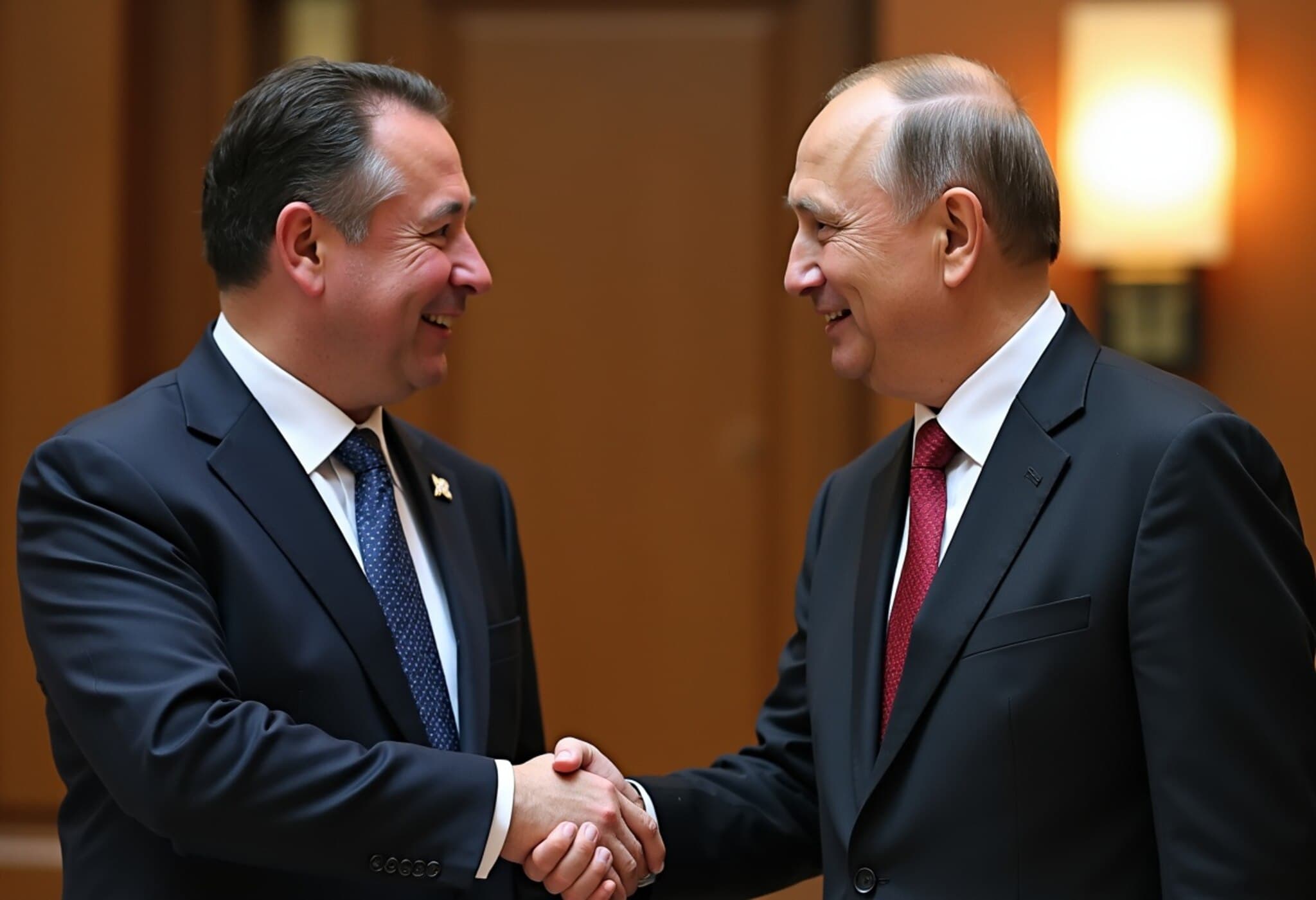Understanding the Growing Crisis of Climate-Induced Displacement
While current headlines are dominated by ongoing conflicts in Ukraine and Gaza, a quieter but equally urgent crisis is escalating worldwide: the mass displacement of people driven not by war, but by the catastrophic impacts of climate change. These "climate refugees"—individuals and communities forced from their homes by environmental disasters—are increasing in number but remain largely invisible within existing legal and humanitarian frameworks.
What Defines a Climate Refugee?
The term “climate refugee” is often used to describe people displaced due to environmental factors such as rising sea levels, droughts, floods, and hurricanes. However, this term lacks a universally accepted legal definition. The United Nations High Commissioner for Refugees (UNHCR), for one, prefers “persons displaced by climate change and disasters,” highlighting the nuanced ambiguity around terminology.
This terminology complexity stems from the multifaceted drivers behind displacement. Climate change interacts with economic hardship, governance failure, conflict, and poverty, making it challenging to attribute migration solely to environmental stress. Unlike traditional refugees fleeing persecution, climate-displaced persons often cross borders due to an amalgam of intertwined crises, complicating legal recognition and protection.
The Scale and Severity of the Crisis
- 2024 witnessed over 600 extreme weather events worldwide, including 148 unprecedented incidents, causing nearly 1,700 deaths and displacing over 824,000 people (World Meteorological Organization).
- The Institute for Economics and Peace’s Ecological Threat Register projects that by 2050, 141 countries will endure at least one major environmental disaster, potentially uprooting 200 million people globally.
People in the Global South are disproportionately affected. Regions like Central America’s Dry Corridor, the Sahel in Africa, and low-lying Pacific atolls such as Kiribati and Tuvalu face chronic environmental challenges that force repeated displacement. For example, in Central America, droughts and hurricanes have compelled over 1.4 million indigenous youths reliant on subsistence farming to migrate, some crossing into the United States.
International Legal Protections: Where Are the Gaps?
Current refugee law, anchored by the 1951 Refugee Convention and its 1967 Protocol, strictly defines refugees as people fleeing persecution or conflict—conditions that explicitly exclude climate-related migration. This legal framework leaves climate refugees without formal international protection unless their displacement coincides with recognized causes such as armed conflict.
The case of Ioane Teitiota from Kiribati poignantly illustrates this legal void. Seeking asylum in New Zealand based on his homeland’s uninhabitability due to rising sea levels, Teitiota's application was denied, with courts ruling that climate-induced displacement does not fulfill the persecution criteria under the Refugee Convention.
Complicating matters, many climate-displaced persons experience variable mobility: some moves are temporary, responding to seasonal floods, while others are permanent, such as relocating from submerging islands. This fluidity blurs lines between voluntary migration and forced displacement, challenging policymakers and legal experts worldwide.
Soft Law and Regional Approaches: Emerging but Insufficient
In absence of binding international treaties addressing climate displacement, "soft law" instruments have emerged:
- The Nansen Initiative (2012) and its successor, the Platform on Disaster Displacement (PDD),
- Global Compacts on Refugees (2018) and Migration,
- and regional frameworks such as The Kampala Convention (Africa) and Pacific Islands Framework for Action on Climate Change.
These frameworks encourage cooperation and propose humanitarian visas or regional relocation arrangements but lack enforceable legal power, relying on voluntary state participation. For instance, while the Kampala Convention obligates African states to protect those internally displaced by disasters, its reach remains regional and cannot substitute for comprehensive global agreements.
Human Rights Developments Offer Hope
Recent jurisprudence provides glimmers of progress. A landmark 2020 decision by the UN Human Rights Committee ruled it unlawful to forcibly return individuals to areas where climate change poses a significant threat to life, grounding the decision in authoritative human rights law. Such decisions could pave the way for integrating climate displacement into existing rights frameworks, bypassing gaps in refugee law.
The Complex Relationship Between Climate Policy and Displacement
Effective climate policy must explicitly address displacement to prevent unintended consequences like “climate gentrification,” where protective infrastructure drives up living costs, pushing out vulnerable communities and creating new waves of displacement. Sustainable solutions demand balancing human rights, security, and climate adaptation strategies cohesively.
Conclusion: Bridging the Triple Gap
The global community urgently needs to reconcile:
- The Conceptual Gap: Defining and recognizing climate refugees distinctly;
- The Legal Gap: Establishing binding international protections;
- The Policy Gap: Designing climate strategies with displacement as a core consideration.
Without these transformative measures, millions displaced by climate change will remain politically invisible and deprived of protection, perpetuating a humanitarian crisis shielded by legal and political neglect.
Editor’s Note
As climate change continues to accelerate, its human toll transcends traditional conflict-induced displacement, raising urgent questions for international law and policy. The plight of climate-displaced populations challenges us to rethink our legal definitions of refuge and our moral responsibilities. This article invites readers to contemplate: How can global frameworks evolve to protect those forced to flee their homes by a warming planet? What innovative legal and policy solutions might bridge existing gaps? Engaging with this hidden crisis is not just a policy imperative but a human one—demanding empathy, foresight, and bold leadership.
Shamna Thacham Poyil is a Doctoral Research Scholar in Political Science. Insights here draw on extensive research and global policy analyses on climate-induced displacement.

